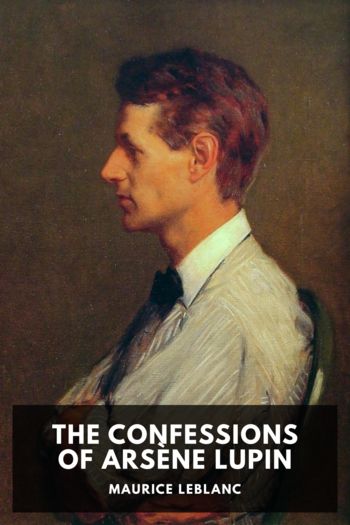
Description
The gentleman-thief Arsène Lupin returns in this set of ten short stories to confess—or perhaps boast about—his crimes to the unnamed narrator. Mostly set around Lupin’s attempts to frustrate Chief-Inspector Ganimard and pocket some cash in the process, they also show off his knack for escaping from seemingly impossible situations, and even playing the role of the master detective.
In the chronology of Arsène Lupin, these tales were published after, but set before, the darker stories of The Hollow Needle and 813. They were serialised in Je Sais Tout from 1911, and collected into a single publication in 1913.

Description
When Arsène Lupin disappeared at the end of The Hollow Needle the public and police assumed he was dead; but it turns out he was just biding his time and waiting for the right opponent to face off against. Luckily, a secret involving a stash of hidden papers and Europe’s aristocratic families is more than enough to pique the interests of Lupin and his unknown competitor. This novel is told more from Lupin’s point of view than the previous stories, and that reduces some of the omnipotence bestowed upon him by Leblanc while highlighting his more emotional qualities.
Originally serialized in Le Journal, 813 was published in novel form in 1910. At more than 500 pages, it was deemed a little heavy and was subsequently split into two volumes in 1917 along with slight editing to increase the timely anti-German sentiment. Presented here is the 1910 English translation.

Description
When Dorothy, ropedancer and palmist, arrives at the Château de Roborey with her circus, she’s already observed strange excavations at the grounds. Fate reveals a familial connection and drags her and her motley crew of war orphans into a quest for long-lost ancestral treasure, but her new-found nemesis is always close on her trail.
Maurice Leblanc, most famous for his Arsène Lupin stories, here switches to a new protagonist, but fans of his other work will find her strangely recognisable. Indeed, the mystery presented here is later referenced in The Countess of Cagliostro as a puzzle that Lupin did not have time to solve. This book was originally serialised in Le Journal between January and March 1923, and was published in novel form both in French and in this English translation later in the year. It was also later adapted as a French-language made-for-TV movie in 1983.
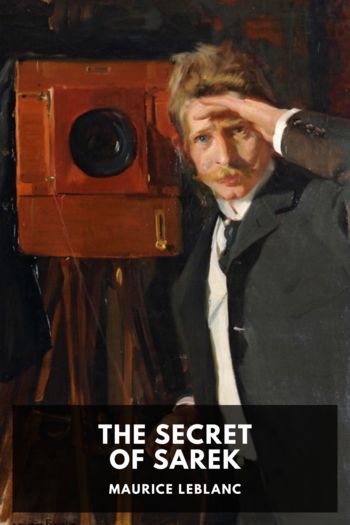
Description
While watching a film, Véronique d’Hergemont spots her childhood signature mysteriously written on the side of a hut in the background of a scene. Her visit to the location of the film shoot deepens the mystery, but also provides further clues that point her towards long-lost relations and a great secret from ancient history: a secret that will require the services of a particular man to unravel.
The Secret of Sarek was published in the original French in 1919, and in this English translation in 1920. It was Maurice Leblanc’s first Arsène Lupin novel written after the Great War, and its impact on Leblanc is palpable: the novel has a much darker tone than earlier works, and even the famous cheery charm of Lupin is diluted. The result is a classic horror story, bringing a new dimension to the series.

Description
Arsène Lupin takes on his most fearsome opponent yet in this second collection of his larcenous adventures. More a loving homage than a straight copy, Herlock Sholmes (changed just enough to avoid fallout from a copyright claim by Conan Doyle) and his companion Wilson are summoned to France initially to throw light on the case of the Blonde Lady. Having encountered Arsène Lupin before, Sholmes is only too happy to get a chance of revenge.
This collection of two stories were originally serialised in the magazine Je Sais Tout from 1906 to 1907, and were translated into English in 1910. After an earlier story with an unauthorised Sherlock Holmes, Maurice Leblanc was forced to rename his antagonist for these stories.
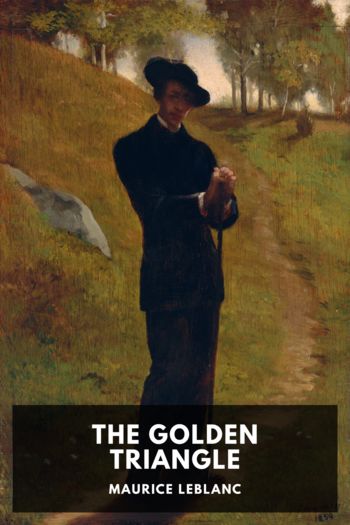
Description
Captain Belval, learning of a threat to his beloved nurse Little Mother Coralie, rescues her from her would-be assailants and is promptly dragged into a plot involving her husband and millions of francs worth of gold. As layer upon layer of conspiracy emerges with no obvious thread to follow, there’s only one man who can be counted on to uncover the truth.
The Golden Triangle (also known as The Return of Arsène Lupin) was published in 1917 in both the original French and this English translation. It is set a couple of years after the events of The Teeth of the Tiger, and is representative of its time with themes of convalescent soldiers and continent-wide plots.
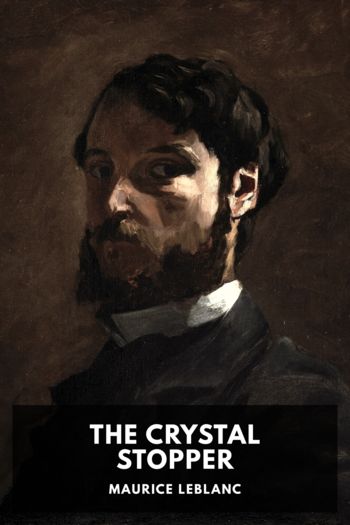
Description
Arsène Lupin’s attempted robbery of the deputy Daubrecq has gone horribly wrong, leaving behind a murdered man and two of his accomplices in the hands of the police. Now he finds himself pulled into an ever more conspiratorial spiral as he attempts to gain leverage over the people who can free his men. Set before the events of the preceding 813, this again portrays Lupin in a much different light to the earlier books. At times almost coming to despair, this story shows him grappling with his personal morals whilst trying to do the best for those closest to him.
The story was originally serialised in Le Journal in 1912, before being published as a novel in both the original French and this English translation by Alexander Teixeira de Mattos in 1913.

Description
Trying to escape from her boring life, Hortense Daniel meets the mysterious Prince Rénine (or should we say Arsène Lupin?) who enlists her help to solve eight mysteries, starting with one that is for her very close to home. The pair’s travels take them across northern France as they help ease the path of true love, bring thieves and murderers to justice, and eventually to recover something very dear to Hortense’s heart.
The Eight Strokes of the Clock is an Arsène Lupin novel by any other name, with Maurice Leblanc admitting as much in an opening note. Set in the early days of the character’s history, this collection of mysteries has the hallmarks of classic Lupin: a fervent desire to impress, dazzling jumps of logic and an ambivalent belief that the law can provide justice. This English translation was published in 1922 in the same year it was being serialized in France; it was published in novel form there a year later.
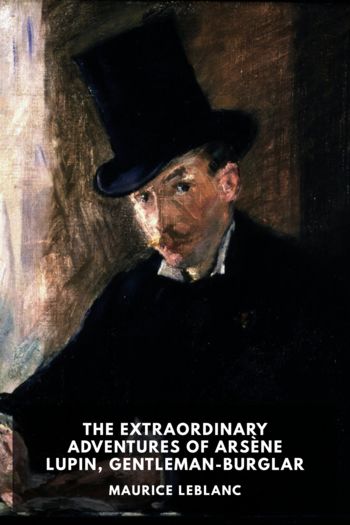
Description
Arsène Lupin, with his characteristic wit, plots over the course of nine short stories to steal many of France’s best antiques and artworks from under their owners’ noses. Only his classic opponent Detective Ganimard has the brilliance to attempt to foil Arsène’s plans, albeit with mixed results.
This first collection of nine Arsène Lupin stories were originally serialised in the magazine Je Sais Tout from 1905 and translated into English in 1910. The final story of the set features an unauthorised Sherlock Holmes whose appearance annoyed Arthur Conan Doyle; the character’s name was changed to “Herlock Sholmes” for later stories. Arsène Lupin later went on to feature in over fifty stories by Maurice Leblanc along with many other books, films and plays around the world.
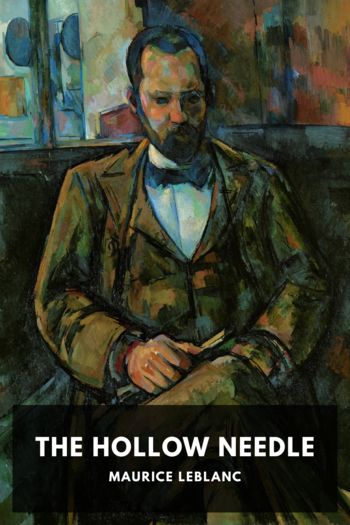
Description
In this first full-length Arsène Lupin novel the gentleman-thief remains a shadowy figure for most of the novel, working two steps beyond the law with a hidden aim. To fight against this anti-hero, Leblanc introduces Isidore Beautrelet, the prodigious school-boy detective. Also making an appearance are old foes Detective Ganimard and (in yet another copyright-defeating name change) Holmlock Shears. The battle of wills that ensues pulls Isidore through rural France as he tries to get to the bottom of Lupin’s motives.
The Hollow Needle was originally serialized in the magazine Je Sais Tout from 1908 to 1909, and was translated into English in 1910. Arsène Lupin starred in many further stories and plays, and a direct sequel to this story, Le second visage d’Arsène Lupin, was written by Pierre Boileau and Pierre Ayraud in 1975.